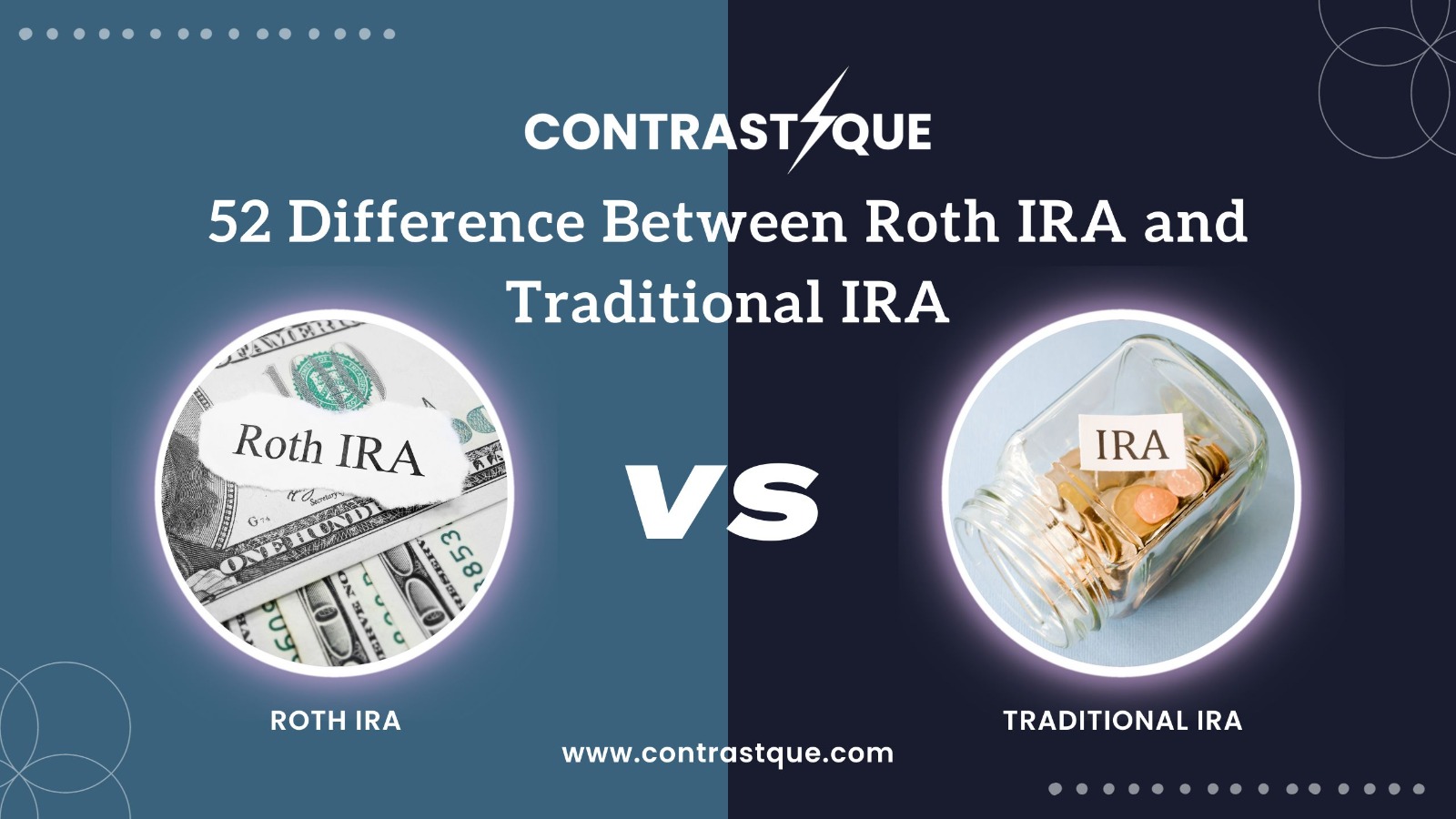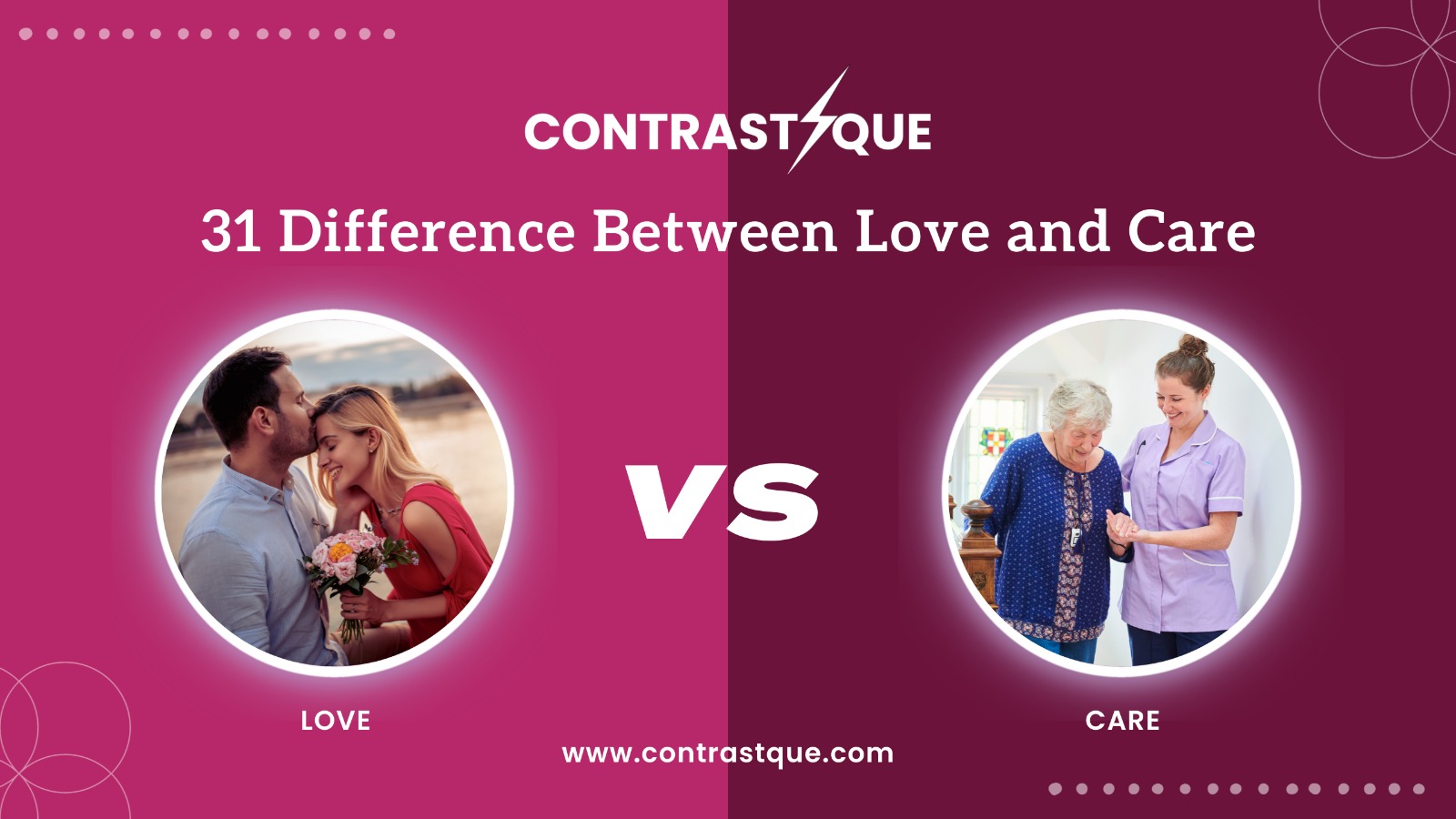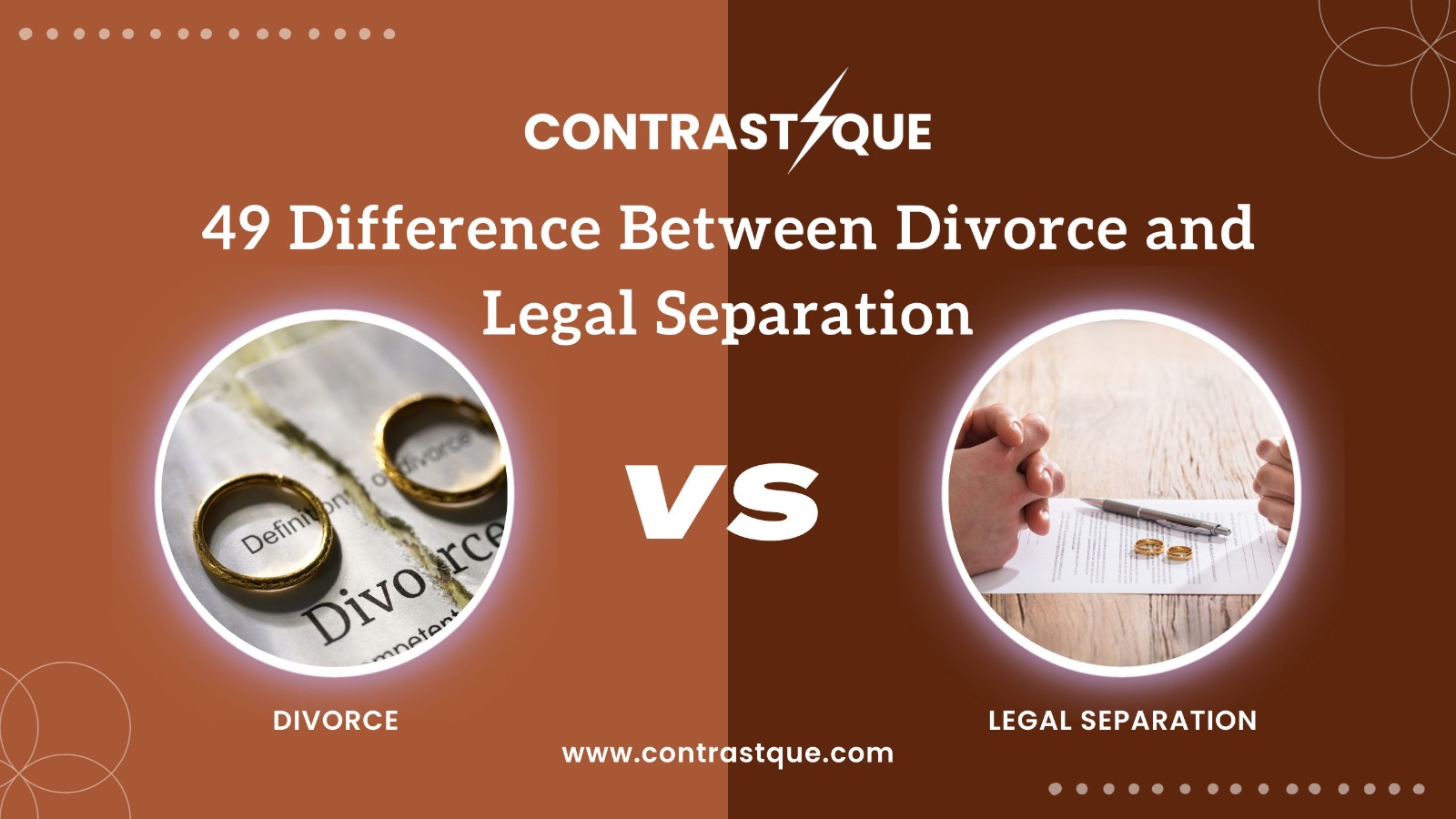Navigating the world of retirement savings can sometimes feel like trying to decipher a complex puzzle. With so many options available, it’s important to understand the key differences between different types of retirement accounts. In this blog post, we’ll dive into the fascinating realm of Individual Retirement Accounts (IRAs) and explore the distinctions between two popular options: Roth IRAs and Traditional IRAs. By uncovering their unique features, benefits, and eligibility requirements, you’ll be better equipped to make an informed decision about which account is right for your financial goals. So buckle up and get ready for a journey through the intricacies of retirement planning!
The Roth IRA
The Roth IRA is a retirement savings account that offers unique benefits to individuals looking to save for their golden years. Unlike a traditional IRA, contributions to a Roth IRA are made with after-tax dollars, meaning you’ve already paid taxes on the money before it goes into your account. This may not seem like a big deal now, but it can make a huge difference in the long run.
One of the key advantages of a Roth IRA is that qualified withdrawals in retirement are tax-free. Yes, you read that right – tax-free! This means that when you withdraw funds from your Roth IRA during retirement, you won’t owe any income taxes on those earnings. It’s like having your cake and eating it too!
Another perk of the Roth IRA is that there are no required minimum distributions (RMDs) once you reach age 72. With traditional IRAs, you’re required to start taking annual withdrawals at this age, whether or not you actually need the money. But with a Roth IRA, you have more flexibility and control over how and when you access your funds.
Additionally, unlike traditional IRAs which have income limits for contributions, anyone can contribute to a Roth IRA regardless of their income level as long as they meet certain eligibility requirements. This makes it an attractive option for high-income earners who may be excluded from contributing to other retirement accounts.
In summary (without using “in conclusion” or similar phrases), the Roth IRA offers several advantages over its traditional counterpart. Tax-free withdrawals in retirement and greater flexibility regarding required minimum distributions make it an appealing choice for many savers. And don’t forget about those contribution options – anyone can contribute to a Roth IRA regardless of their income level! So if saving for retirement is on your mind (and let’s be honest, it should be), consider opening up a Roth IRA and reap all these fantastic benefits!
The Traditional IRA
The Traditional IRA has been a popular retirement savings option for many years. It offers individuals the opportunity to contribute pre-tax dollars, meaning that the contributions are tax-deductible in the year they are made. This can provide an immediate tax benefit, as it reduces your taxable income and potentially lowers your overall tax bill.
One of the key features of a Traditional IRA is that earnings on investments within the account grow tax-deferred. This means that you won’t pay taxes on any gains or dividends until you withdraw funds from the account. This can be advantageous if you anticipate being in a lower tax bracket during retirement.
Another important aspect of a Traditional IRA is that there are penalties for withdrawing funds before age 59 ½, with some exceptions for specific circumstances such as certain medical expenses or buying your first home. If you do make early withdrawals without meeting these criteria, you may be subject to both taxes and penalties.
Unlike a Roth IRA, which has income limits for eligibility, anyone with earned income can contribute to a Traditional IRA regardless of their income level. However, there are limits on how much you can contribute each year based on your age and filing status.
While the Traditional IRA offers immediate tax benefits and flexibility in terms of eligibility requirements, it’s important to consider factors such as potential future tax rates and your own financial goals when deciding between this type of account and others like the Roth IRA. Understanding these differences will help inform your decision-making process when choosing which retirement savings vehicle is best suited to your individual needs.
The Differences Between the Two Accounts
When it comes to planning for retirement, one of the key decisions you’ll need to make is whether to invest in a Roth IRA or a Traditional IRA. While both accounts offer tax advantages, there are some important differences between them that can impact your savings strategy.
|
S.No. |
Aspects |
Roth IRA |
Traditional IRA |
|
1 |
Taxation upon contribution |
Contributions are made with after-tax dollars. |
Contributions are made with pre-tax dollars. |
|
2 |
Taxation upon withdrawal |
Qualified withdrawals are tax-free. |
Withdrawals are taxed as ordinary income. |
|
3 |
Income limits |
There are income limits for contributions. |
There are no income limits for contributions. |
|
4 |
Age limit for contributions |
No age limit for contributions. |
Contributions not allowed after age 72. |
|
5 |
Required Minimum Distributions |
No RMDs during the lifetime of the original owner. |
RMDs must begin at age 72 (previously 70½). |
|
6 |
Early withdrawals penalty |
Contributions can be withdrawn penalty-free at any time. |
Early withdrawals may incur penalties. |
|
7 |
Qualified distributions |
Qualified withdrawals include age 59½, disability, first-time home purchase, etc. |
Qualified withdrawals typically start at age 59½. |
|
8 |
Investment choices |
Wide range of investment options available. |
Investment options depend on the custodian. |
|
9 |
Tax benefits for retirees |
Provides tax-free income in retirement. |
Provides tax-deferred growth, taxable withdrawals. |
|
10 |
Tax diversification |
Offers tax diversification in retirement. |
Taxation is concentrated in retirement. |
|
11 |
Inheritance planning |
Can be passed on as a tax-free inheritance. |
Passed on with potential tax implications for heirs. |
|
12 |
Effect on Social Security |
Withdrawals do not affect Social Security. |
May affect taxation of Social Security. |
|
13 |
Early withdrawal exceptions |
Contributions can be withdrawn early for specific reasons without penalty. |
Limited exceptions for early withdrawals. |
|
14 |
Tax implications for heirs |
Generally tax-free inheritance for heirs. |
Heirs may owe taxes on inherited assets. |
|
15 |
Ability to deduct contributions |
Contributions are not tax-deductible. |
Contributions may be tax-deductible, subject to income limits. |
|
16 |
Conversion to Roth |
Traditional IRAs can be converted to Roth IRAs. |
Roth IRAs can be converted to Traditional IRAs. |
|
17 |
Flexibility in withdrawals |
Greater flexibility in timing and amounts of withdrawals. |
Less flexibility in withdrawal timing. |
|
18 |
Estate planning advantages |
Provides advantageous estate planning tools. |
Estate planning may be less flexible. |
|
19 |
Income in retirement |
Tax-free income in retirement. |
Taxable income in retirement. |
|
20 |
Tax bracket considerations |
Suitable for those expecting higher tax brackets in retirement. |
Suitable for those expecting lower tax brackets in retirement. |
|
21 |
Impact on current income |
May reduce current income due to after-tax contributions. |
May provide tax deduction for current income. |
|
22 |
Tax advantages for young investors |
Less tax advantage for young investors. |
Greater tax advantage for young investors. |
|
23 |
Required record-keeping |
Requires tracking of contributions for potential early withdrawals. |
Simplified record-keeping, contributions may be tax-deductible. |
|
24 |
Employer-sponsored versions |
Employer-sponsored 401(k) can have Roth or Traditional options. |
Employer-sponsored 401(k) typically offers Traditional only. |
|
25 |
Backdoor contributions |
Allows for backdoor contributions regardless of income. |
Backdoor contributions may face income limitations. |
|
26 |
Future tax rates uncertainty |
Not subject to future tax rate changes for qualified withdrawals. |
Subject to future tax rates for withdrawals. |
|
27 |
Best suited for |
Suited for those expecting higher income in retirement. |
Suited for those expecting lower income in retirement. |
|
28 |
Charitable contributions |
May offer tax-free distributions for charitable contributions. |
Charitable contributions may be tax-deductible. |
|
29 |
Educational expenses |
Penalty-free withdrawals for qualified education expenses. |
May face penalties for education expenses. |
|
30 |
Medicare premiums |
Roth IRA withdrawals do not affect Medicare premiums. |
Traditional IRA withdrawals may affect Medicare premiums. |
|
31 |
Medical expenses |
Roth IRA withdrawals may avoid tax penalties for medical expenses. |
Medical expenses withdrawals may be subject to penalties. |
|
32 |
Home purchase |
Penalty-free withdrawals for a first-time home purchase. |
Early withdrawals for a home purchase may incur penalties. |
|
33 |
Eligibility for contribution |
Eligible for contributions with earned income. |
Eligible for contributions with earned income. |
|
34 |
Tax treatment of rollovers |
Rollovers from qualified plans may have tax consequences. |
Rollovers may be tax-free but must meet certain criteria. |
|
35 |
Availability of accounts |
Available to individuals and self-employed individuals. |
Available to individuals and self-employed individuals. |
|
36 |
Tax implications for withdrawals |
Withdrawals are tax-free if conditions are met. |
Withdrawals are subject to income tax. |
|
37 |
Early withdrawal for education |
Penalty-free withdrawals for qualified education expenses. |
Early withdrawals for education may incur penalties. |
|
38 |
State tax considerations |
State tax treatment may vary. |
State tax treatment may vary. |
|
39 |
Dividend and interest income |
Dividends and interest are tax-free. |
Dividends and interest are tax-deferred. |
|
40 |
Capital gains |
Capital gains are tax-free. |
Capital gains are tax-deferred. |
|
41 |
Eligibility for spousal contributions |
Spousal contributions allowed based on household income. |
Spousal contributions allowed based on household income. |
|
42 |
Contribution deadlines |
Contributions must be made by the tax filing deadline. |
Contributions must be made by the tax filing deadline. |
|
43 |
Effect on state benefits |
Roth withdrawals do not affect state benefits. |
Traditional withdrawals may affect state benefits. |
|
44 |
Eligibility for catch-up contributions |
Eligible for catch-up contributions starting at age 50. |
Eligible for catch-up contributions starting at age 50. |
|
45 |
Tax consequences of conversion |
Conversion may trigger tax on previously untaxed amounts. |
Conversion may trigger tax on previously untaxed amounts. |
|
46 |
Contribution limits |
Annual contribution limits apply. |
Annual contribution limits apply. |
|
47 |
Simplicity in taxation |
Simpler taxation due to tax-free withdrawals. |
More complex taxation due to ordinary income taxation. |
|
48 |
Spousal inheritance |
Spouses can inherit without immediate taxation. |
Spouses can inherit without immediate taxation. |
|
49 |
Eligibility for non-working spouses |
Eligible for non-working spouses based on household income. |
Eligible for non-working spouses based on household income. |
|
50 |
Effect on state taxes |
Roth withdrawals do not affect state taxes. |
Traditional withdrawals may affect state taxes. |
|
51 |
Early withdrawal for health insurance |
Penalty-free withdrawals for health insurance premiums under certain conditions. |
Early withdrawals for health insurance may incur penalties. |
|
52 |
Use of funds for charity |
Allows for tax-free qualified charitable distributions (QCDs). |
Charitable contributions may be tax-deductible, but not QCDs. |
Which One Should You Choose?
Now that you have a clear understanding of the differences between Roth IRA and Traditional IRA, it’s time to consider which one is the right choice for you. The decision will depend on your financial goals, current tax situation, and personal preferences.
If you anticipate being in a higher tax bracket during retirement or if you prefer to pay taxes upfront, then a Roth IRA may be the better option for you. The ability to withdraw contributions tax-free can provide significant flexibility in retirement.
On the other hand, if you expect to be in a lower tax bracket when you retire or if receiving an immediate tax deduction is more appealing to you, then a Traditional IRA might make more sense. Keep in mind that with this type of account, withdrawals are taxed as ordinary income during retirement.
Another factor worth considering is whether or not your employer offers matching contributions through a 401(k) plan. If so, maximizing these employer-matched funds should likely take priority over contributing to an IRA.
It’s important to note that both types of accounts offer valuable benefits and can play an essential role in building your retirement savings. Consulting with a financial advisor can help ensure that your investment strategy aligns with your specific needs and objectives.
Remember: There isn’t necessarily one “right” answer when choosing between Roth IRA vs Traditional IRA. It ultimately depends on what works best for your individual circumstances and long-term goals.
Conclusion
Understanding the difference between a Roth IRA and a Traditional IRA is crucial when it comes to planning for your retirement. Both types of accounts offer unique advantages and considerations that can greatly impact your savings and tax strategies.
The main distinction between these two retirement accounts lies in their tax treatment. With a Roth IRA, you contribute after-tax dollars, allowing your investments to grow tax-free over time. This means that when you reach retirement age, you can withdraw funds without paying any taxes on the earnings or contributions. On the other hand, with a Traditional IRA, contributions are made with pre-tax dollars, reducing your taxable income in the year of contribution. However, withdrawals during retirement are subject to ordinary income taxes.
Deciding which account is best for you requires careful consideration of various factors such as current and future income levels, expected tax rates upon withdrawal, financial goals, and personal circumstances.
If you anticipate being in a higher tax bracket during retirement or if you prefer greater flexibility with withdrawals throughout your lifetime without penalties or mandatory distributions at age 72 (for Roth IRAs), then a Roth IRA may be more advantageous for you. Additionally, if leaving behind a legacy is important to you since there are no required minimum distributions (RMDs) during your lifetime from Roth IRAs unlike Traditional IRAs where RMDs begin at age 72.
On the other hand, if maximizing immediate tax deductions by lowering taxable income today is more appealing or if there’s an expectation that marginal tax rates will decrease significantly by retirement age , then contributing to a Traditional IRA could be beneficial.
Frequently Asked Questions (FAQs)
1. Can I contribute to both a Roth IRA and a Traditional IRA?
Yes, you can contribute to both types of IRAs, but there are some limits to consider. The total contribution limit for both accounts combined is $6,000 (or $7,000 if you’re age 50 or older) in 2021. However, this amount can be split between the two accounts however you choose.
2. Is there an income limit for contributing to a Roth IRA?
Yes, there is an income limit for contributing to a Roth IRA. For single filers in 2021, the ability to make the full contribution phases out at an annual modified adjusted gross income (MAGI) of $125,000 and completely disappears at $140,000. For married couples filing jointly in 2021, the phase-out range is between $198,000 and $208,000.
3. Are withdrawals from a Roth IRA tax-free?
Generally speaking, yes! Qualified withdrawals from a Roth IRA are tax-free because contributions are made with after-tax dollars. Howeverdifferencndividual circumstances may vary so it’s always best consult with your financial advisor or tax professional before making any decisions regarding withdrawal
4. What happens if I withdraw money from my Traditional IRA before retirement age?
If you withdraw money from your Traditional IRA before reaching age 59½ , generally expect penalties and taxes on that distribution.
In most casesll cases non-qualified early withdrawals will be subject regular income tax as well as additional penalty fees called “early withdrawal penalties,” which amounts typically10% of the sum withdrawn.
5. Which type of account should I choose: Roth or Traditional?
The answer depends on several factors including your current financial situation,personal goals,tax bracket,and future plans If potential tax benefits now are more appealing than down-the-road benefits then go ahead with traditional.




